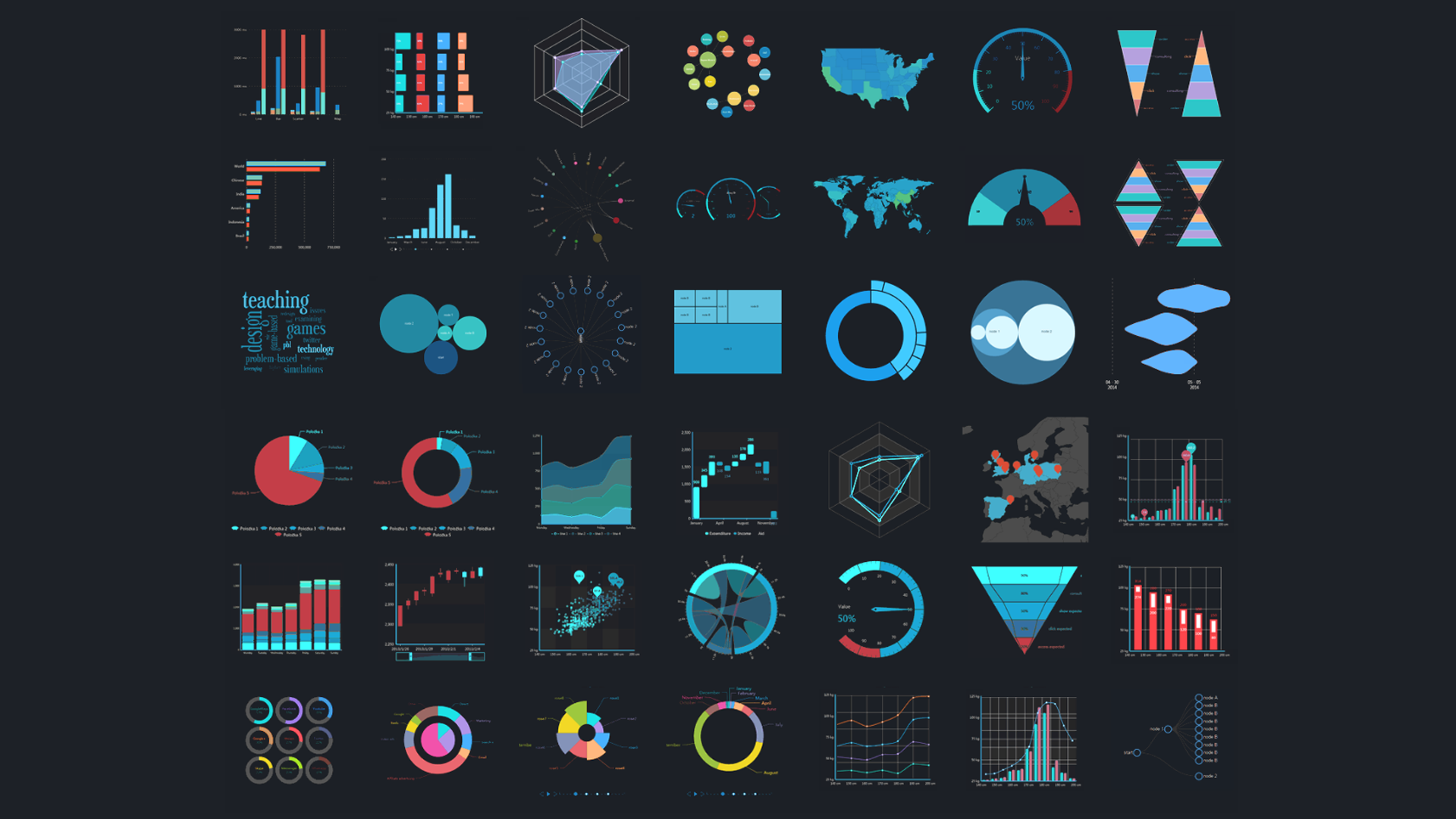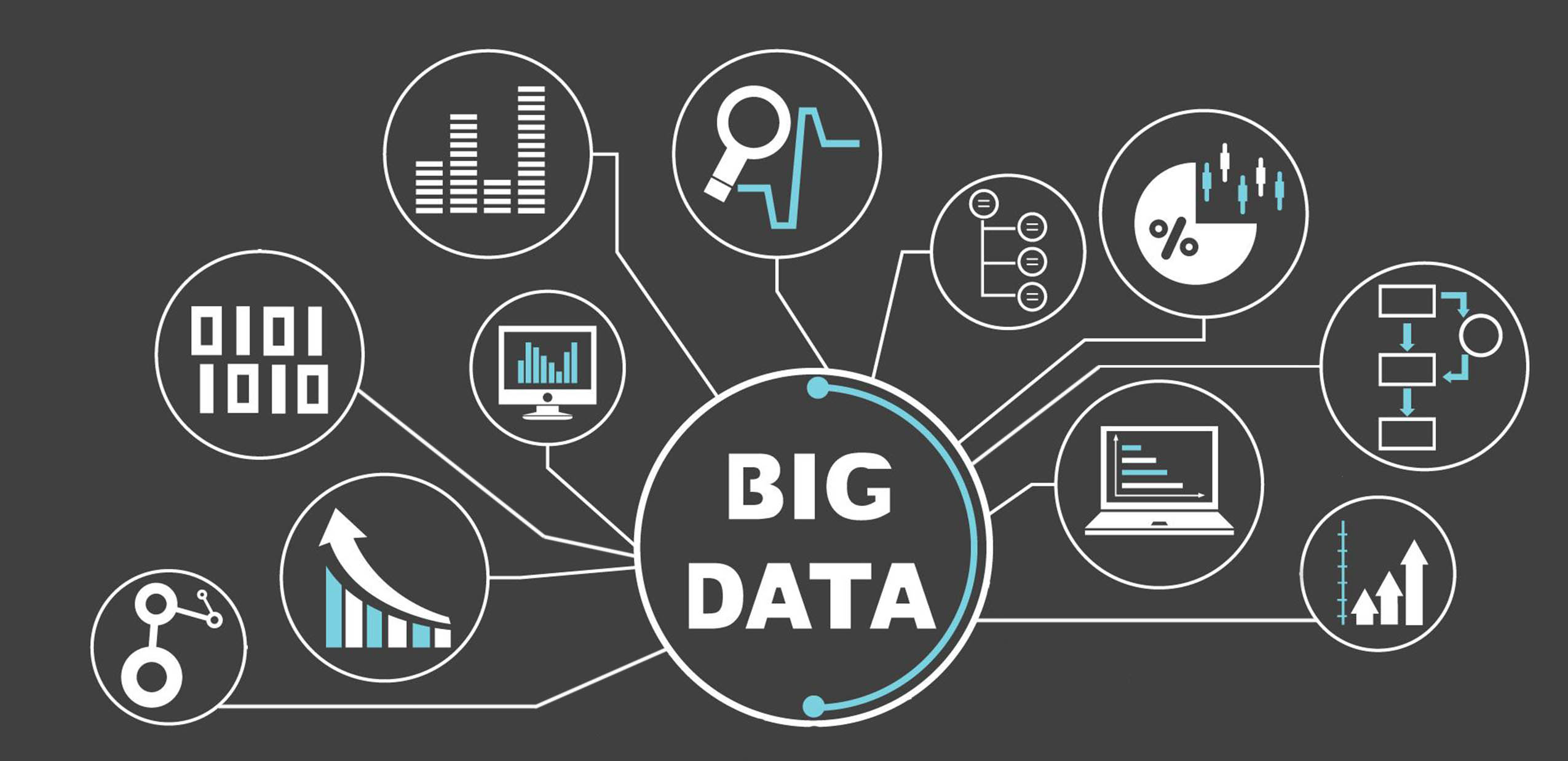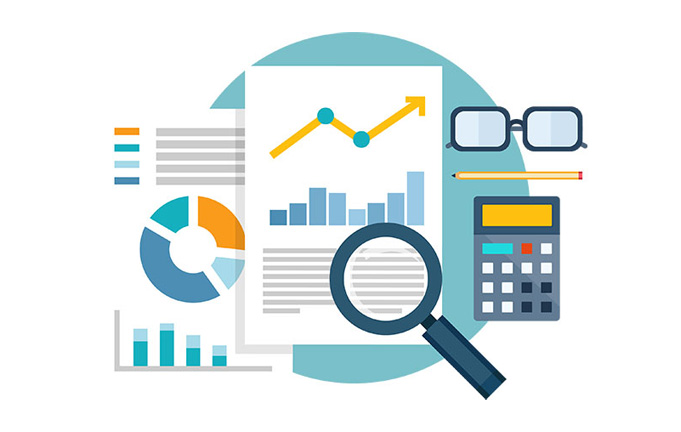Apart from the “adrenaline junkies” among us, most business owners and managers perceive risk as something to be avoided at all costs. The reality is, however, that avoiding and managing risk is a part of both daily living and business life, which we can all expect to encounter.
Since its inception in 1686 as London Coffeehouse, Lloyds of London has grown to represent the epitome of how businesses deal with risk. Through both wartime and peace, this institution not only provided the gold standard of quantifying business risks, but it also served to shape how the British Empire and the wider world use data-driven assessments of those risks.
A footprint for data-driven risk management
While the evolving technologies have taken us in ever-increasing strides, this progress continues to be forged on the back of the very same principles that those early data mining pioneers established. The most startling evolutions of this methodology have been in both the speed and rate of ongoing acceleration at which data is now collated, and business intelligence lays squarely at the heart of this digital revolution.
Managing risk using data modeling
Those tasked with gathering, mining, and utilizing today’s huge mountains of data quite literally have the resources at their very fingertips, which allow them to explore and manipulate it in ways that were previously unimagined. One of the key aspects of this technology is data modeling, which offers huge potential to those having access to it.
While many organizations are already adept at collecting, sorting, and storing data, business intelligence provides new and innovative ways of examining it through data modeling to discover patterns. In this way, events hidden within almost limitless data can be identified with a few clicks of the mouse.
Benefitting from efficient data design and storage
Few data collators or analysts will argue that control is a key factor in leveraging the most positive handling and utilization of data. Furthermore, considering the huge amounts of data involved, it makes perfect sense to ensure that “best practices” are applied at the outset.
Legislation aside, it is essential that any data you handle is going to need to conform to certain standards and formats which render it compatible with recognized systems. Data will, therefore, need to be “cleaned” and validated before it can be used in any modeling, storage, or other processes. These standards should apply to both your own native systems and other industry-wide protocols, which may or may not initially integrate with each other.
Getting off on the right footing with your BI driven data
Exactly how you should format the data you utilize will depend to some extent on how you approach the process and how you intend to marry your data to your existing business intelligence systems. With this in mind, you may want to consider the following questions:
- What specific questions are you aiming to answer through the use of the data?
- How do you intend to locate and extract the required data from your systems?
- Which area of your operations is the extracted data most likely to be pertinent to?
- What format will the end-users within your organization be using to explore and utilize the data?
Making the data collation process happen
Once you have decided the where and why, your next hurdle in the data utilization process will be the how. This is likely to involve some dialogue with your IT department, who will need to create the correct scripts required to make the data recognizable to the systems. Once this has been achieved, the data would be extracted and held in a “staging zone” for cleaning and structuring. Then you are clear for uploading it to within your chosen data storage area.
Having molded your data into a usable form, the next step in the process is to determine what your expectations are in relation to its end-use. The now “aggregated” data can be made available via a data flow, which will then enable you to extract the insights you seek. This part of the process may or may not be fully automated dependent upon the systems you already have in place. It is through establishing “best practices” such as these that you will be able to share accurate data across all sections of your operation and beyond.
Joining up the risk assessment data dots
Having created what is, in essence, a “data warehouse,” you will now have the framework from which to discover, model, and extrapolate your available data. A system constructed along these lines will provide you with the ability to prioritize data related problem solving and the facility to create data models.
The reality is that the sheer volumes of data that organizations now hold are becoming a key factor in restricting “first sight” observations, which only business intelligence-driven data analytics will unearth. The speed of these evolving systems, however, provides the ability to see crucial information in real-time by analyzing complex data streams.
Achieving accurate predictions
While there will always be a place within the cut and thrust of business for human intuition, data mining and utilization is likely to be as close to making accurate business predictions as we will get without reverting to using a crystal ball. That said, the data itself and how it is handled is only one part of the total picture. After all, it is the human desire for knowledge and understanding, which drives us to create such methods of discovery.
One inescapable effect of this unfolding data pheromone is that we have already learned to live with the movement and sifting of data in virtually every aspect of our daily lives. From how our businesses interact with those they serve to the massive explosion in the use of social media, the ever-growing data looks set to continue growing. It follows, therefore, that those organizations which chose to invest in the latest business intelligence systems and technologies now are likely to be the leaders well into the foreseeable future.
































